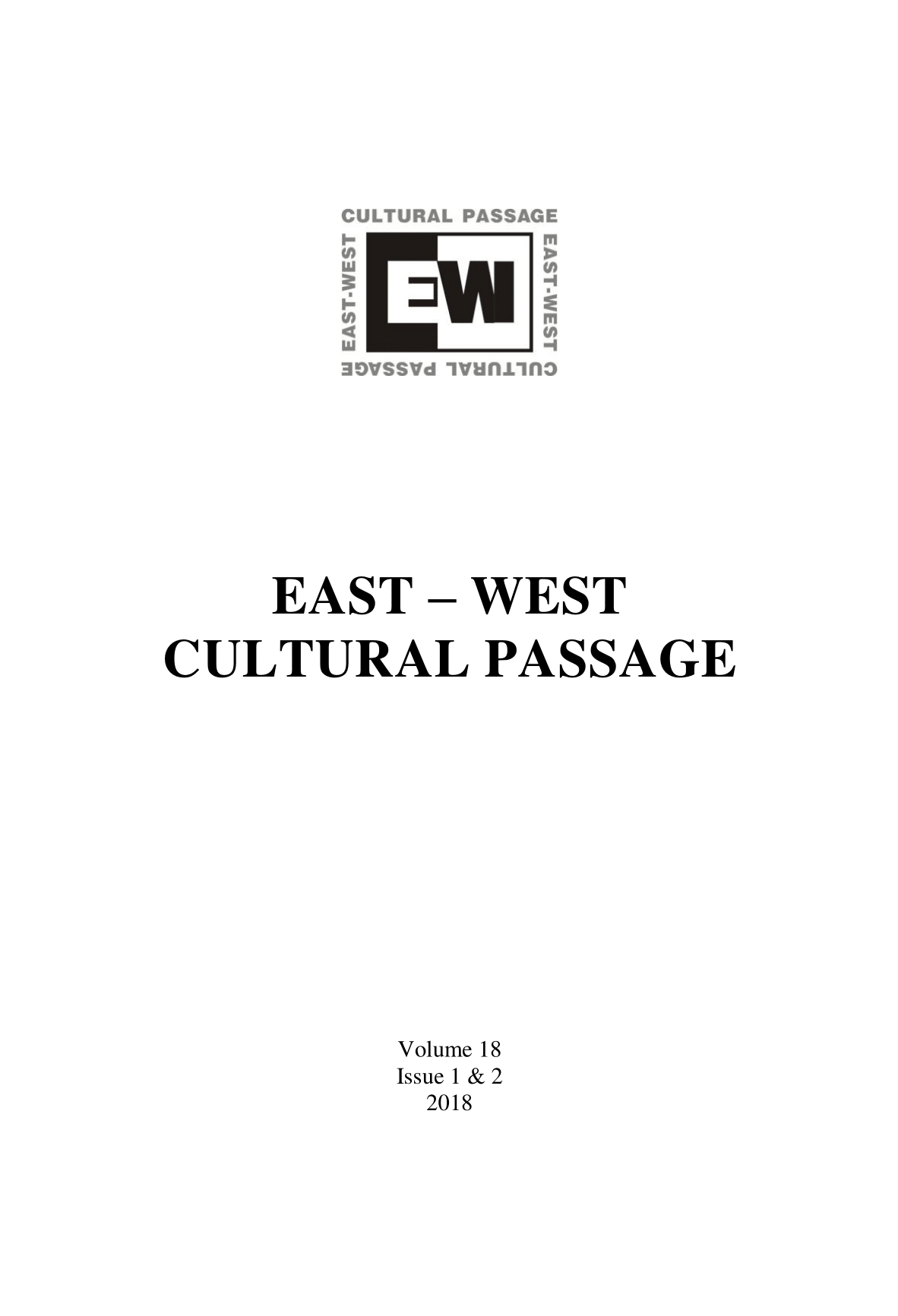The Condition of Women in Emma and Jane Eyre
The Condition of Women in Emma and Jane Eyre
Author(s): ISABELLE NICOLE VOICUSubject(s): Novel, Theory of Literature, British Literature
Published by: Editura Universitatii LUCIAN BLAGA din Sibiu
Keywords: women's condition; 19th century; Victorian novel; preVictorian novel; governess; social class; gender segregation; marriage; social status; choice;
Summary/Abstract: This article attempts to illustrate what it was like being a woman throughout the nineteenth century by focusing on the novels Jane Eyre by Charlotte Brontë and Emma by Jane Austen.The reality of the nineteenth century was a harsh one, and these two novels illustrate two worlds divided, not by education, but by money and gender segregation. Moreover, women struggled to find their place in society, and were seen as inferior to men. Social class played an important role for women because it determined their course of life. The two heroines of these novels represent two different social classes and illustrate how people’s views and feelings can change and intermingle with each other, and what benefits and consequences can be drawn from this. Governesses have been hired by the upper classes for centuries, and they represented a “status symbol” for the upper classes. Hiring a governess also meant that “the lady of the house was too ‘genteel’ to teach her daughters herself,” and she paid somebody else to take care of and teach her children (Hughes). Throughout this article, I will focus on the different types of women that are present in the novel, especially on the figure of the governess as presented in Emma and Jane Eyre.
Journal: East-West Cultural Passage
- Issue Year: 18/2018
- Issue No: 1-2
- Page Range: 56-72
- Page Count: 17
- Language: English
- Content File-PDF

